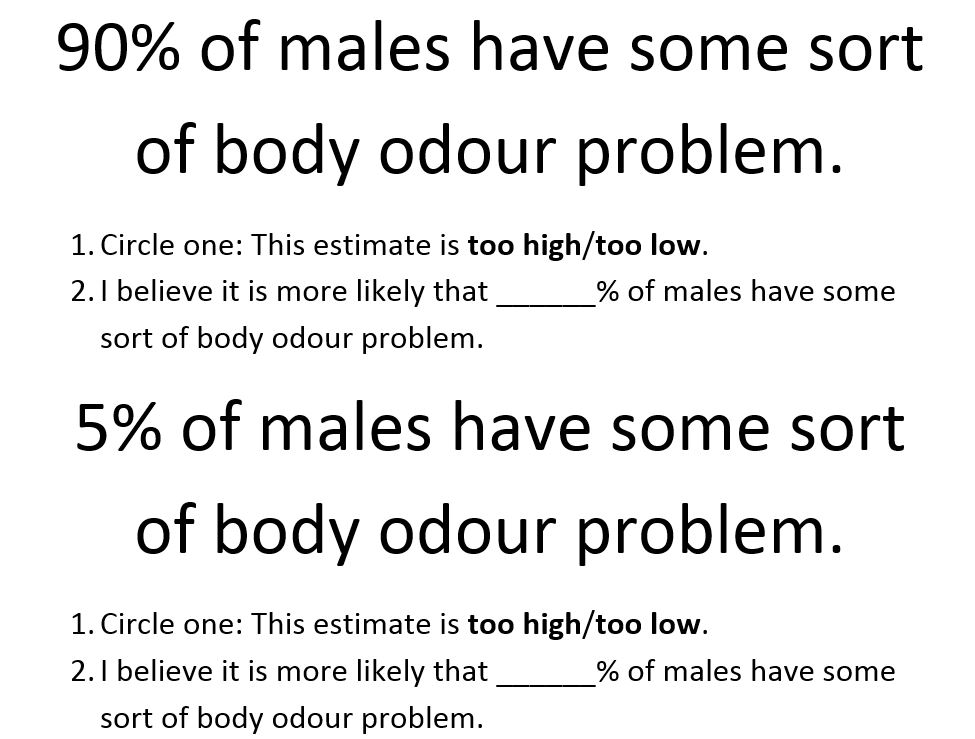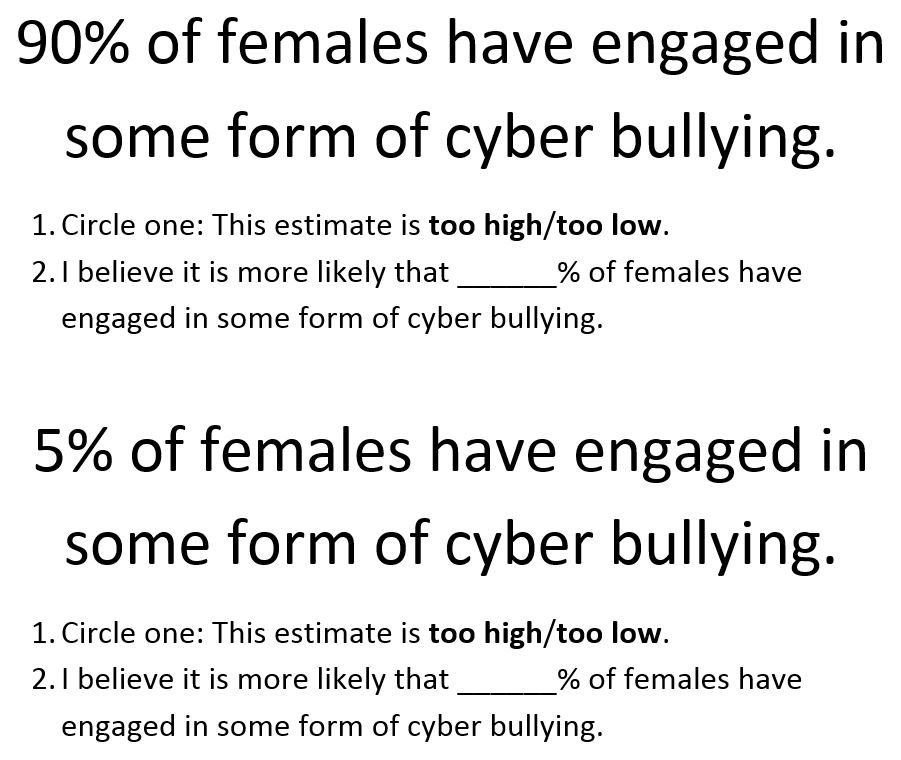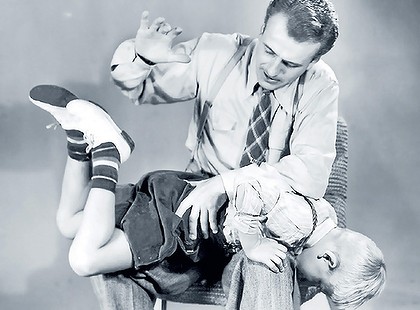A. Knowledge and comprehension [9 marks]:The answer demonstrates detailed, accurate knowledge and understanding relevant to the question, and uses relevant psychological research effectively in support of the IB Psychology question response.
B. Evidence of critical thinking: application, analysis, synthesis, evaluation [9 marks]: The answer integrates relevant and explicit evidence of critical thinking in response to the IB Psychology exam question.
C. Organisation [4 marks]: The answer is well organised, well developed and focused on the IB Psychology exam question.
Having great content in sufficient depth and breadth is the only way you will near full marks and gain the 7 in IB Psychology. Your answers need to be detailed, cover multiple research studies, define and explain key terms and discuss content in context. And, importantly, critical thinking should be planned for throughout each of your IB Psychology ERQs. It sounds like a lot, and it is, which is exactly why so few students manage lock in that IB Psychology 7.
Below, we have a model ERQ for the IB Psychology learning outcome in the socio-cultural level of analysis: Discuss two errors in attributions (for example, fundamental attribution error, illusory correlation, and self‑serving bias). You will see it covers a lot of content and that's good (as long as it's not repetitive), but you will also see that it leaves the IB Psychology examiner in no doubt as to whether or not she should be awarding full marks. And, as long as the hard work has been previously done by you, this response can easily be written in 60-70 minutes under exam conditions (notwithstanding your writer's cramp!).
IN The IB Psychology ERQ - Great content is required
There are different types of explanations people can make to explain behaviour. When people go to parties, what determines the extent to which they will socialise with others? Is it the kind of people they are, or the situation they find themselves in? We make these attributions about the causes of behaviour in two distinct and important ways:
- Dispositional causes: When attributing the cause of people’s behaviour to their internal characteristics (they are shy, they are outgoing), we are making a dispositional attribution. The term disposition refers to someone’s beliefs, attitudes and personality.
- Situational causes: When we attribute people’s behaviour to external factors (they don’t know anyone there) such as the immediate rewards and punishments in a social setting or social pressure, we are making a situational attribution.
The fundamental attribution error (FAE)
Laypeople, like some psychologists, favour explanations of behaviour in terms of dispositional, rather than situational, factors. So if people behave kindly towards us (i.e. they greet us with a smile) we conclude they have a kind personality. And if they behave in a way that seems impolite to us (i.e. they do not greet us at all) we tend to think of them as rude. Instead of acknowledging the role played by situational determinants, we assume that other people’s behaviours reflect their dispositions. To the extent that we do so, we commit the fundamental attribution error. This term refers to a bias to attribute other’s behaviour to stable internal causes rather than external circumstances.
An experiment by Jones & Harris (1967) demonstrates the FAE. The researchers asked their participants to rad essays written by fellow students. The essays were about Castro’s rule in Cuba and were either supportive or critical of Castro. The participants’ task was to guess what attitude the writers of the essay really held towards Castro and his government. Half the participants were told that the essayists were free to choose whether to take a negative or positive view about Castro in their essay (choice condition). The other half were told that the essayists did not have any choice: the experimenter had assigned them in the pro-Castro or anti-Castro role (no choice condition).
As expected, participants in the choice condition assumed that the essays reflected the genuine attitudes of their writers. However, participants’ ratings seemed to indicate those in the no choice condition also though the essays reflected the genuine views of the authors. So despite the fact that it was made clear, that the essayist’s behaviour was severely constrained by the situation, observers still opted for an internal attribution.
An experiment by Gilbert & Jones (1986) went further by demonstrating that participants would hold speakers responsible for the views they express even when it was the participants themselves who had determined which side of the argument the speakers were allowed to argue. The FAE has been demonstrated in many studies. Yet there is evidence to suggest that dispositional attributions are far from inevitable.
In a study by Fein et al. (1990), US students read an essay about a character called Rob Taylor. In one of the conditions participants were told that Rob had been assigned to write either in favour or against some view. In this condition, the expected FAE was obtained. In a second condition, participants were led to believe that Rob’s essays expressed very similar views to those held by his professor and which, therefore, would be found pleasing by his professor. In this condition, no FAE was demonstrated. Commenting on this and similar studies, Fein (2001) argues that we resist making dispositional attributions in situations where we suspect others may have ulterior motives for their behaviours.
The may be a cultural bias in the FAE, in that culture seems to be a determinant in attribution style. In collectivist cultures (Japan and China for example) the emphasis is on the primary social relationships of an individual, e.g. family, social role, cultural activities. Whereas, in individualistic cultures (the US and the UK for example), the emphasis is on the individual as the primary cause of success and failure. Norenzayan et al. (2002) tested whether information given to Korean and American participants would influence their attributions. Wen participants only received information about individuals, both groups made dispositional attributions. When situational information was also provided, the Koreans tended to include this information in their explanations much more than the Americans did. This indicates that there may be universal feature in the FAE and that available information influences attributions, at least in some cultures.
In their explanation of the FAE, Gilbert & Malone (1995) argue that it involves a two-step attribution process. When we observe some behaviour, we draw an inference, based on largely automatic and unconscious processing, that the behaviour has been caused by some disposition. The second step is based on more controlled and conscious processing. During this step, we enquire into whether or not situational factors may have had an influence on the behaviour. We make the FAE as often as we do, Gilbert & Malone explain, for a simple reason: the first step always forms part of the attribution process, but we proceed only occasionally to the second step. In effect, the FAE happens either because we are involved in other tasks (not enough cognitive resources to think deeply about how best to explain some behaviour) or because we believe that for the behaviour under consideration the initial automatic step alone can result in the right explanation. Gilbert & Malone’s two-step explanation has received considerable experimental support.
The second attribution error that individuals make is termed the self-serving bias, and again, it is based on a distinct pattern of attributions people make on the basis of situational and dispositional causes; this time in relation to self and others.
The self-serving bias
Our attributions exhibit the self-serving bias (SSB) when we explain our successes on the basis of internal, dispositional factors and blame our failures to external, situational factors. Such biased attributions are viewed by many as serving the interests of preserving or increasing self-esteem.
Consider professional sport. As Lau & Russell (1980) sowed, professional athletes and coaches attribute 80% of their wins to internal factors (e.g. ability, skill, professionalism). Losses are far more likely to be attributed to external factors (e.g. bad luck, unfair refereeing). Studies with students have obtained very similar findings. Bernstein et al. (1979) found that students attributed their good grades to their intelligence and hard work, whereas bad grades tended to be attributed to bad teaching or bad luck.
Johnson et al. (1964) provide a good example of the SSB. In this study, participants (psychology students) taught two children how to multiply numbers by 10 and by 20. The teaching was done in two phases via a one-way intercom. The first phase involved teaching the children how to multiply by 10; the second phase, how to multiply by 20. After each phase, the children’s worksheets were made available to the participants to assess the learning progress of the children.
In fact, the worksheets had been marked in such a way that in both conditions, Pupil A gave the right answers to all the questions on both worksheets. Depending on condition, Pupil B either did badly on both tasks, or did badly on the first worksheet but improved on the second. The participants, therefore, had either failed or succeeded in teaching Pupil B the two tasks. What Johnson et al. found was that in the condition where Pupil B’s performance improved, participants explained the improvement as a success on their abilities as teachers. When Pupil B failed to improve, they attributed this to the pupil’s lack of ability.
Although SSB is widespread, there are exceptions. We are more likely to rely on self-serving attributions when we fail in a domain in which we cannot improve. However, as Duval & Silvia (2002) demonstrated, we are more likely to attribute our failure to internal causes if we believe we can do something to improve the situation in the future.
The emotional state we are in also affects our reliance on SSB: being in a bad mood may reverse the attributional pattern that characterises self-serving attributions. Furthermore, Abrahamson et al. (1989) demonstrated that depressed people often rely on an attributional pattern style that attributes success to external, and failure to internal, causes.
How can the attributional style that defines the SSB be explained? Zuckerman (1979) reviewed a number of studies of SSB and confirmed that the effect depends on a desire to maintain self-esteem. Evidence from cross-cultural studies is consistent with this interpretation. Heine et al. (1999), for example found that members of collectivist cultures (e.g. Japan) are far less likely to strive for positive self-esteem than individuals from individualistic cultures (e.g. USA). Consequently, the Japanese are found to be less likely to make self-serving attributions than Americans.
Further cultural considerations in the SSB have been found. Culture-specific attributional styles may be a natural part of enculturation and socialisation. Some argue that the SSB is primarily linked to individualistic cultures, but others believe it can be found in both individualistic and collectivist cultures. Kashima & Triandis (1986) showed slides from unfamiliar countries to American and Japanese students asked them to remember details. When the students were asked to explain their performance, the Americans explained their own success with internal factors, such as ability, and failure to external factors (i.e. the classic the SSB effect). The Japanese tended to explain their failure with lack of ability. This is called the ‘modesty bias’ and is a cultural variation of the SSB. Bond et al. (1982) argued that a possible explanation for the modesty bias in collectivist cultures could be a cultural norm in Chinese societies to maintain harmonious personal relationships. A person who makes self-effacing attributions could be expected to be better liked.
Miller & Ross (1975) proposed that several uses of self-serving attributions are rational and not based on the need to enhance self-esteem. They argue that what seems to be self-serving biases often arise because effort often changes with success but not with failure. If trying harder does not improve performance, then it is reasonable to conclude that something about the task is the obstacle. However, if trying harder does improve performance, then success is logically attributable to your trying.
In conclusion, each of these attribution theories are well supported by empirical research and each has considerable explanatory power in explaining the different types of attribution patterns that are commonly observed when people are attributing cause for the own and others behaviours. The strengths of the FAE are that the theory has promoted understanding of common errors in explanations of what happens in the world. Further, it has proven to be very robust and has been supported by many research studies. However, it has its limitations too. Firstly, it is culturally biased with too much focus on individualism. Secondly, research on the theory has been conducted in laboratories and with heavy emphasis on student samples – this leads to problems in generalising findings. The great strength of the SSB is that this theory can explain why some people (mostly from individualistic cultures) explain their failures as being caused by situation factors. However, its major limitation is that it is also culturally biased, in that it cannot explain why some cultures emphasis a self-effacing attribution – the modesty bias.











 RSS Feed
RSS Feed